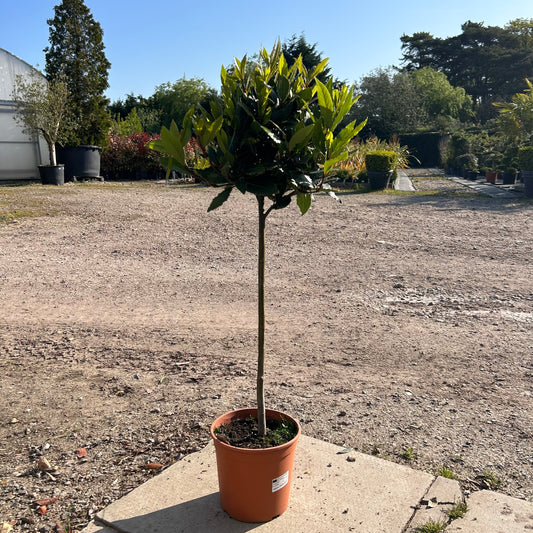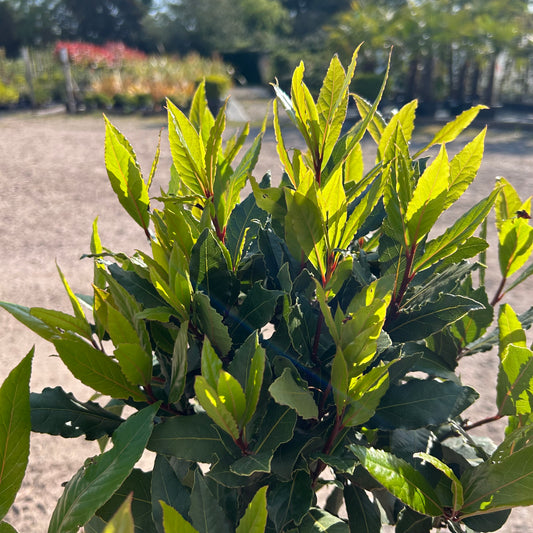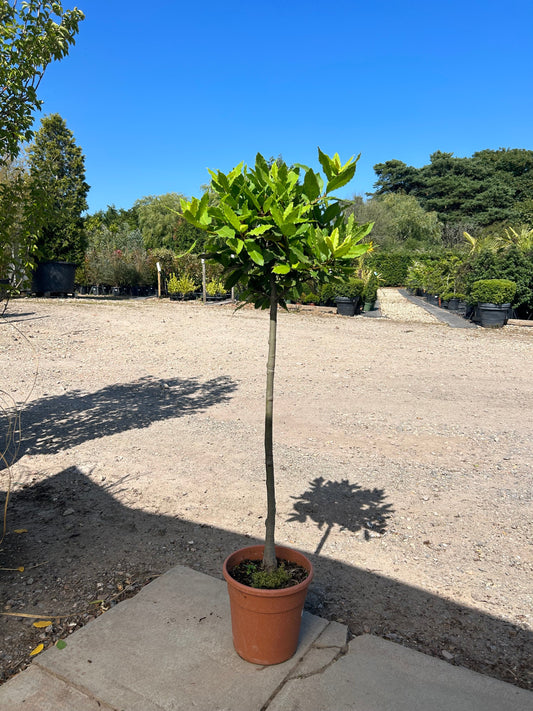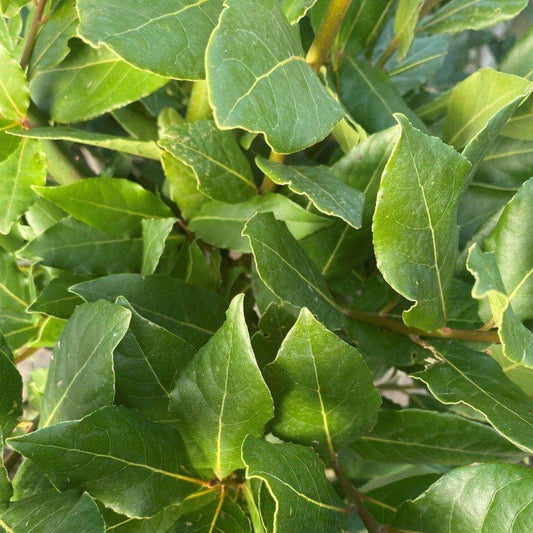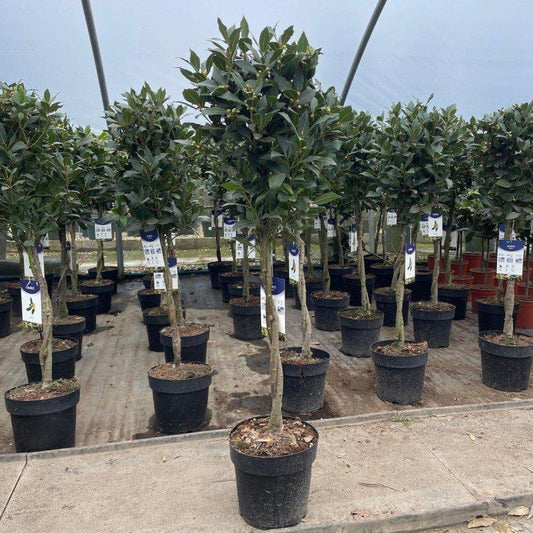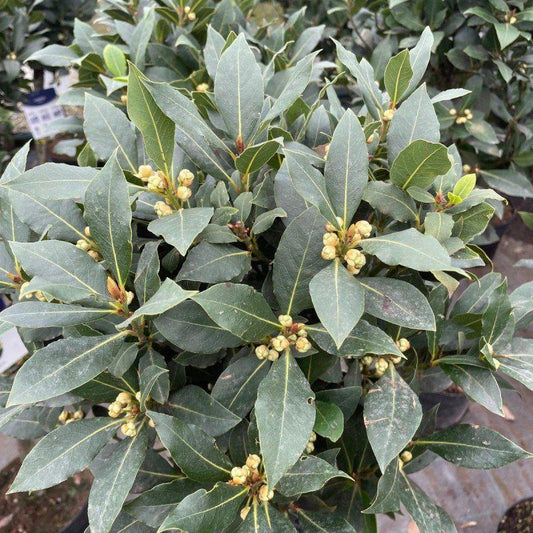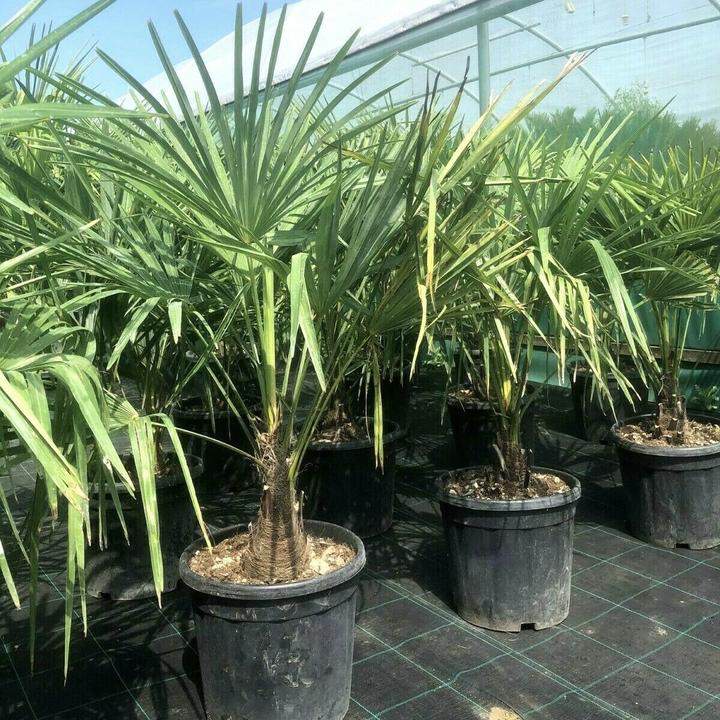The Trachycarpus fortunei, or Windmill Palm, stands as a testament to nature's adaptability, showcasing an ability to flourish in climates that would typically spell doom for such tropical flora. This comprehensive guide aims to equip you with the knowledge and techniques necessary to cultivate these resilient palms in cooler regions, ensuring they not only survive but thrive.
Understanding Trachycarpus Fortunei's Unique Adaptability
The Windmill Palm's resilience in cold weather is nothing short of extraordinary. This hardiness can be attributed to a suite of evolutionary adaptations that allow the palm to endure and adapt to the chill. One of the most notable features of the Trachycarpus fortunei is its ability to enter a state of dormancy when the temperature drops, significantly slowing down its metabolic processes to conserve energy.
The Biological Mechanisms at Play
At the cellular level, the Windmill Palm is equipped with compounds that act similarly to antifreeze, preventing the formation of ice crystals that can cause cellular damage. The trunk, covered in a dense fibrous material, provides insulation, protecting the life-sustaining inner core from freezing temperatures. For gardeners, this means that with the right preparation, these palms can be a stunning addition to landscapes that are subject to winter's chill.
Soil Preparation and Drainage
Proper soil preparation is crucial. The soil should be rich in organic matter to enhance fertility and drainage. Creating a raised bed can also improve drainage, ensuring that the roots of the palm do not sit in waterlogged soil, which can be detrimental, especially during colder months.
Selecting the Ideal Planting Location
The location of your Windmill Palm can make a significant difference in its ability to cope with cold. A sheltered position that receives full to partial sunlight is ideal. The site should also be protected from harsh winds, which can exacerbate the cold and cause physical damage to the palm.
The Importance of Microclimates
Creating microclimates can be a game-changer for growing Trachycarpus fortunei in colder regions. By strategically placing your palm near walls, fences, or other plants, you can shield it from frost and create pockets of warmer air. This can be particularly effective in urban environments where buildings can act as heat sinks, releasing warmth during the night.
Planting Techniques for Optimal Growth
Planting a Windmill Palm correctly is essential for its survival. The hole should be dug to a depth that allows the base of the trunk to sit at soil level and be wide enough to accommodate the spread of the roots. This encourages a stable foundation and allows for optimal nutrient uptake.
The Importance of Root Orientation
When planting, ensure that the roots are oriented outwards and downwards. This encourages a deep and stable root system, which is essential for the palm to access water and nutrients, and to withstand the weight of the trunk and crown.
Watering Regimen for Cold Climates
Watering needs to be carefully managed. During the growing season, the palm requires consistent moisture. However, in the winter, overwatering can lead to frozen roots, which can be fatal. The key is to maintain a balance, ensuring the soil remains moist but not waterlogged.
Mulching and Its Benefits
A thick layer of mulch around the base of the palm can be beneficial. Mulch acts as an insulator, keeping the soil temperature more stable and protecting the roots from the cold. It also helps retain moisture and suppresses weeds, which can compete with the palm for nutrients.
Fertilization Strategies
Fertilization is critical for the health of your Windmill Palm. A palm-specific fertilizer should be applied according to the manufacturer's instructions during the growing season to ensure the palm has all the nutrients it needs to build resilience for the winter.
Timing and Dosage
The timing of fertilization is just as important as the dosage. Fertilizing should occur in the spring and summer months, avoiding the dormant period when the palm is not actively growing and is less able to take up nutrients.
Winter Protection Techniques
In colder climates, additional protection may be necessary to ensure the survival of your Windmill Palm through the winter months. Wrapping the trunk with horticultural fleece can provide extra insulation. In some cases, a heat source may be necessary to prevent the soil from freezing.
The Role of Microclimates
The creation of microclimates, as mentioned earlier, can also play a significant role in winter protection. Structures such as walls or fences not only block cold winds but can also trap heat, creating a warmer microclimate that can help the palm survive the winter.
Pruning and Maintenance
While Windmill Palms require minimal pruning, the removal of dead or damaged fronds can help maintain the health of the palm. This not only improves the aesthetic appearance but also reduces the risk of disease and pest infestation.
The Significance of Sanitation
Keeping the area around the palm clean and free of debris is important for disease prevention. A clean environment minimizes the risk of fungal diseases, which can be more problematic in the cold and damp.
Monitoring and Responding to Pests and Diseases
Regular monitoring for pests and diseases is essential. Early detection and treatment can prevent these issues from becoming serious problems, particularly during the winter when the palm is under stress.
Integrated Pest Management
An integrated pest management approach that combines physical, cultural, biological, and chemical controls can be effective in managing pests and diseases while minimizing environmental impact.


